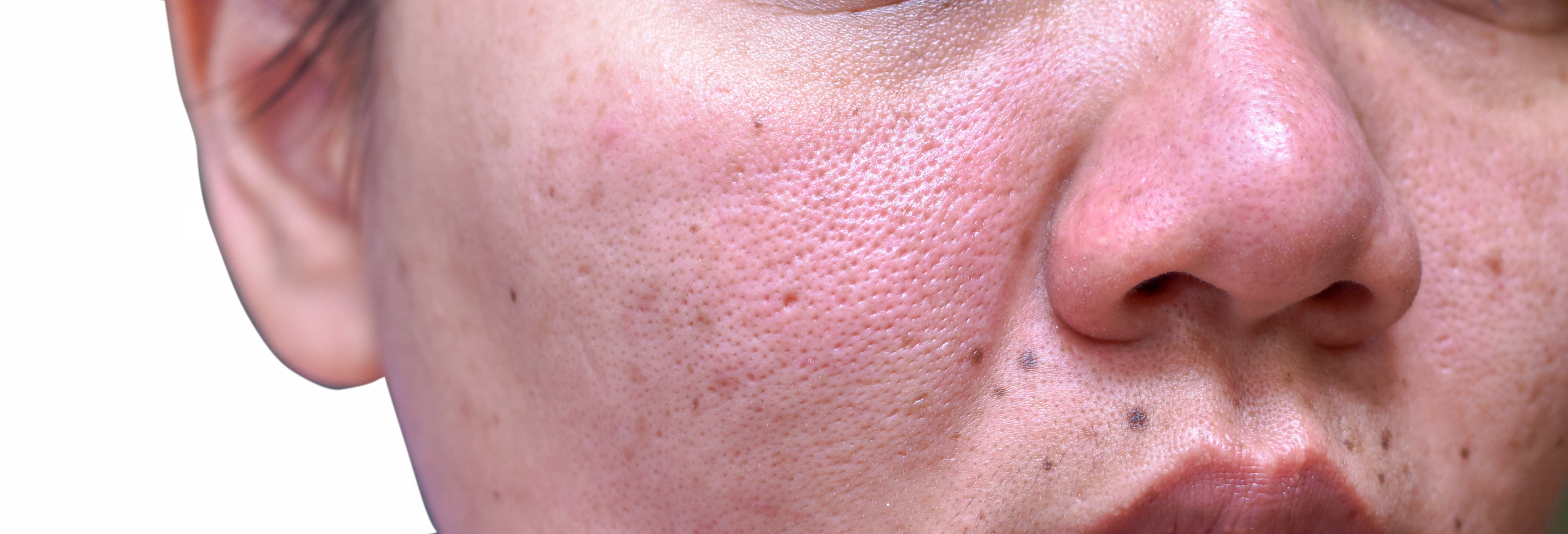Highlights from LUPUS 2019
New results for baricitinib and ustekinumab use in patients with systemic lupus erythematosus (SLE) were presented in April at the International Congress on Systemic Lupus Erythematosus (LUPUS 2019), which was held in San Francisco. Here, we summarize those results, plus much more from the meeting.
(©Balsamic, AdobeStock)

New results for baricitinib and ustekinumab use in patients with systemic lupus erythematosus (SLE) were presented in April at the International Congress on Systemic Lupus Erythematosus (LUPUS 2019), which was held in San Francisco. Here, we summarize those results, plus much more from the meeting.
“Baricitinib in Patients with Systemic Lupus Erythematosus: Results from a Phase 2, Randomized, Double-blind, Placebo-controlled Study,” was presented by Maria Silk, PharmD, a clinical research advisor with Eli Lilly and Co. She reported that in a randomized trial of 314 patients, more of the patients given oral Bari 4-mg once daily achieved resolution of rash or arthritis (67% vs 53%) and experienced fewer flares than placebo at 24 weeks.
A second study presented by Ronald van Vollenhoven of the Amsterdam Rheumatology and Immunology Center, “Ustekinumab Targets a Novel Mechanism of Action to Treat Patients with Systemic Lupus Erythematosus,” evaluated a novel anti-IL-12/23 monoclonal antibody. The study found significantly greater improvement of features of musculoskeletal and mucocutaneous systemic lupus erythematosus to placebo at 24 weeks, suggesting an effective potential therapy.
Margarita Zen, M.D., a doctoral candidate in rheumatology at the University of Padua, Italy, presented “Immunosuppressant Discontinuation in Systemic Lupus Erythematosus: Prevalence, Risk of Subsequent Flare and Effect on Damage Accrual.” The study showed that one third of 139/319 patients ever-treated with immunosuppressants discontinued largely due to remission. Risk of disease flares, experienced by 25%, were reduced with subsequent antimalarial therapy.
Seven distinct clusters of lupus were identified in a presentation Amanda Eady, Ph.D., of Duke University, North Carolina. Her presentation, “Phenotypic Subgroups in Systemic Lupus Erythematosus: An Exploratory Cluster Analysis,” described patterns of type 1 and type 2 phenotypic features of systemic lupus erythematosus for each that can be used to tailor individual patient therapies.
Guillermo Pons-Estel, M.D., Ph.D., of Grupo Oroño - Centro Regional de Enfermedades Autoinmunes y Reumáticas, Argentina, presented “Comparison of ACR 1982/1997 and EULAR/ACR Classification Criteria for Systemic Lupus Erythematosus in Two Multiethnic Cohorts.” Positive testing for antinuclear antibodies is required to meet 2018 criteria, limiting the base of patients who qualify. The study evaluated the utility of these two sets of criteria in 558 patients from a U.S. cohort and 956 from a Latin American cohort. In both study populations, less than 7.5% of patients achieved the EULAR/ACR earlier in their disease course, and they were more likely to have high anti-dsDNA antibody titers and less likely to have milder joint and skin manifestations. One-third of patients reached the criteria later, suggesting better application with more severe disease.
Andrea Fava, M.D., a fellow from Johns Hopkins University, Baltimore, presented “Single Cell RNA Expression in Lupus Nephritis Comparing African-american and Caucasian Patients Identifies Differential Expression of Type I Interferon Pathway.” This study of 13 African American patients and seven controls found stronger activation of immune cells via interferon pathways and other pathways as well, which could help predict response to specific therapies.
Antonio Avina-Zubieta, M.D., Ph.D., of Arthritis Research Canada, University of British Columbia, presented “Risk of Hip Fracture Among Patients with Newly Diagnosis of Systemic Lupus Erythematosus.” This was a population-based study, demonstrating a 1.6 times higher risk of hip fractures in newly-diagnosed patients with systemic lupus erythematosus compared to the general population, which translated into hip fracture incidence rates of 0.93 and 0.69, respectively, per 1,000 person years.
“A High Genetic Risk Score Is Associated with Early Disease Onset, Organ Damage and Decreased Survival in Systemic Lupus Erythematosus,” was presented by Sarah Reid, M.D., a doctoral candidate from Uppsala University in Sweden. She reported that patients in the highest quartile had the highest prevalence and a higher likelihood of early disease onset compared to those in the lowest. They also had an increased prevalence of end-stage kidney disease, nephritis, anti-dsDNA antibodies, and anti-β2-glycoprotein-I.
Simone Appenzeller, of the University of Campinas, Brazil, presented “Impact of the Birth Month in the Development of Systemic Lupus Erythematosus,” which identified a potentially modifiable risk factor for lupus. The study of 760 patients and 700 controls that found higher numbers of individuals with lupus born before the end of the winter season, possibly due to lower intake of vitamin D during pregnancy.